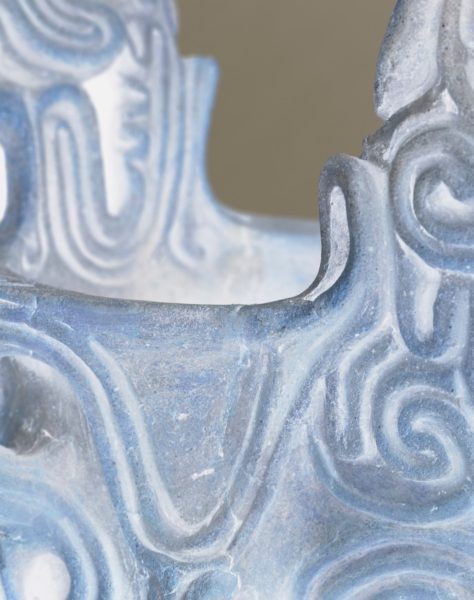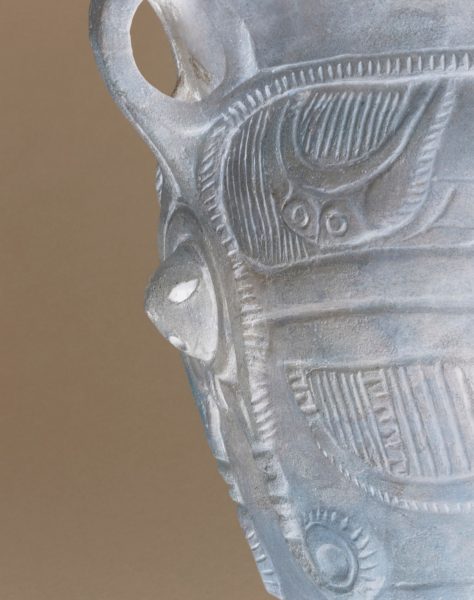Grassland Tears
本展では、津田が9年前から日本の基層文化を見つめ直すため、始めたという縄文歩きの過程で出会った縄文時代の遺物や風景を撮影した「Grassland Tears(草むらの涙)」シリーズより、とくに八ヶ岳山麓、及び諏訪湖周縁を中心とした写真、約30点を展示します。津田は、数千年の時を経て、現代に受け継がれてきたこれらの遺物をモノとして捉えるのではなく「形ある霊魂」であり、「循環する命」そのものだと考えます。そして、写真という表現媒体を通じて、遺物を写し撮る際に、時としてその姿を紐解くべく像の階調を反転させた作品を制作することがあります。反転させた世界=ネガの世界のうちに、暗闇には光が灯り、光には暗闇が仕舞われているのだと語ります。
(「湖の目と山の皿」展@八ヶ岳美術館 展覧会チラシより抜粋)
In order to take a deeper look at Japanese fundamental culture, Tsuda started his Jomon exploration 9 years ago, and his “Grassland Tears” series is a collection of photographs of relics and scenery of the Jomon period. From the series, 30 photographs mainly taken at the foot of the Yatsugatake Mountains as well as at the edge of Lake Suwa are exhibited here. Tsuda feels that these relics handed down through generations for a few thousand years should not be treated as mere objects but as “spirits with a physical form,” in other words, symbolizing “reincarnated life.” When presenting those relics using photographs as media of representation, there are occasions when he results in producing works by inverting gradation of the objects in order to disclose their true meanings. In the ‘reversed world=world of the negative,’ it is indicated that there is light in darkness and darkness is hidden within light.
(From a leaflet of Eyes of the Lake and Mother Mountain Plate exhibition at Yatsugatake Museum)
















